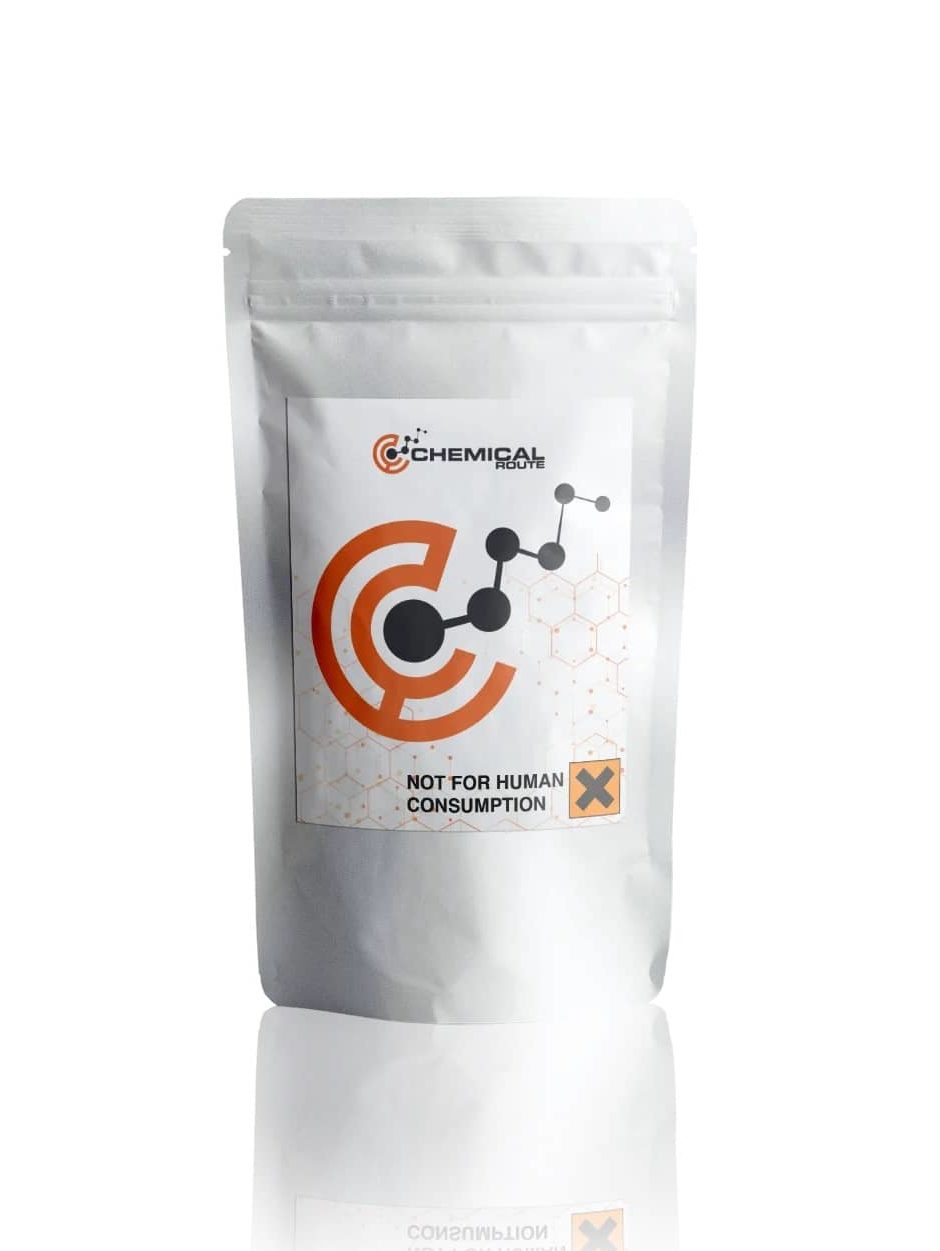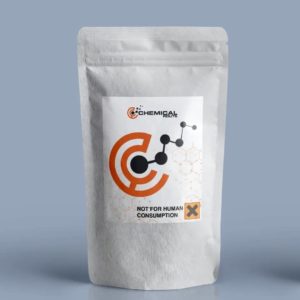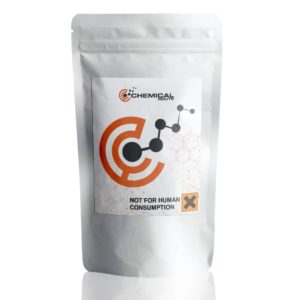Description
3-MeO-PCMo
Product information
IUPAC-name 4-[1-(3-methoxyphenyl)cyclohexyl]morpholine
Synonyms 3-MeO-PCMo
Formal name 4-[1-(3-methoxyphenyl)cyclohexyl]morpholine
Cas number 138873-80-0
Formula C17H25NO2
Molar Mass 275.392 g·mol−1
Purity 99.0 % min.
Formulations A neat solid, Powder
Solubility
- DMF: 16 mg/ml
- DMSO: 11 mg/ml
- Ethanol: 20 mg/ml
- PBS (pH 7.2): 10 mg/ml
3-MeO-PCMo
3-MeO-PCMo is a derivative of phencyclidine that can be sold as a designer drug. It has an inhibitory effect on the formation of the drebrin clusters. Compared to other drugs, such as PCP, this drug has a lower concentration of glutamic acid. It is also more effective when used as a single agent.
A new type of morpholine analogue of the 3-MeO-PCP is called 3-MeO-PCMo. It is a dissociating NMDA receptor antagonist, a sigma receptor agonist, and an anesthetic agent. Compared to other arylcyclohexylamine compounds, this drug’s potency is less than that of 3-MeO-P.
It is commonly used as a recreational drug. When ingested, it induces a state of dissociation which is referred to as anesthesia. This drug can be easily accessed by researchers through online platforms.
Although it is relatively unknown, 3-MeO-PCMo has been studied in various ways.
Chemistry
Arylcyclohexylamine drugs, such as 3-MeO-PCMo or 4-[1-(3-Methoxyphenyl)cyclohexyl]line, are known as arylcyclohexylamine drugs. These drugs have structures that include a cyclohexane ring and an aromatic ring. The aryl substituents of these drugs are made up of a phenyl ring with a methyl methoxy (CH3)-substituted at R3. The other amine groups are incorporated into the morpholine ring.
A six-membered heterocyclic ring known as morpholine is composed of an oxygen subsitutent at R1. A derivative of this drug known as 3-MeO-PCMo does not have an oxygen moiety in its amine ring.
Pharmacology
Due to the lack of research on the pharmacology of 3-Meo-PCMo, it is commonly regarded as a dissociative drug that can be used as an antagonist of the NMDA receptor. This is because its structure and subjective effects similar to those of other arylcyclohexylamines such as PCP, 3-Meo-PCP, and MXE have been known.
The function of the NMDA receptor is to allow electrical signals to pass between the spinal column and the brain. When a substance is intentionally blocked, the receptors are closed, which leads to a feeling of disconnection and difficulty moving. Eventually, this substance becomes referred to as a k-hole.
The toxicological and physiological properties of this compound has not been analyzed. Usage of this Chemical should be for research and forensic purposes only.
WARNING This product is not for human or veterinary use.

This product is only available to persons of 21 years old and above.
Hazard statement(s)
| H302 | Harmful if swallowed |
| H315 | Causes skin irritation |
| H319 | Causes serious eye irritation |
| H332 | Harmful if inhaled |
| H335 | cause respiratory irritation |
| H336 | cause drowsiness or dizziness |
| Precautionary statement(s) | |
| P264 | Wash hands thoroughly after handling |
| P280 | protective gloves/protective clothing/eye protection/face protection |
| P305 + P351 + P338 | IF IN EYES: Rinse cautiously with for several minutes. Remove contact lenses, if present and easy to do. Continue rinsing. |
| P337 + P313 | If eye irritation persists: Get medical advice/attention |
| P261 | Avoid breathing dust/ fume/ gas/ mist/ vapors/ spray |
| P271 | Use only outdoors or in a well-ventilated area |
| P304 + P340 | IF INHALED: Remove victim to fresh air and keep at rest in a position comfortable for breathing |
| P312 | Call a POISON CENTER or doctor/physician if you feel unwell |
| P403 + P233 | Store in a well-ventilated place. Keep container tightly closed |
| P405 | Store locked up |
| P501 | Dispose of contents/container to a licensed disposal company |




Reviews
There are no reviews yet.